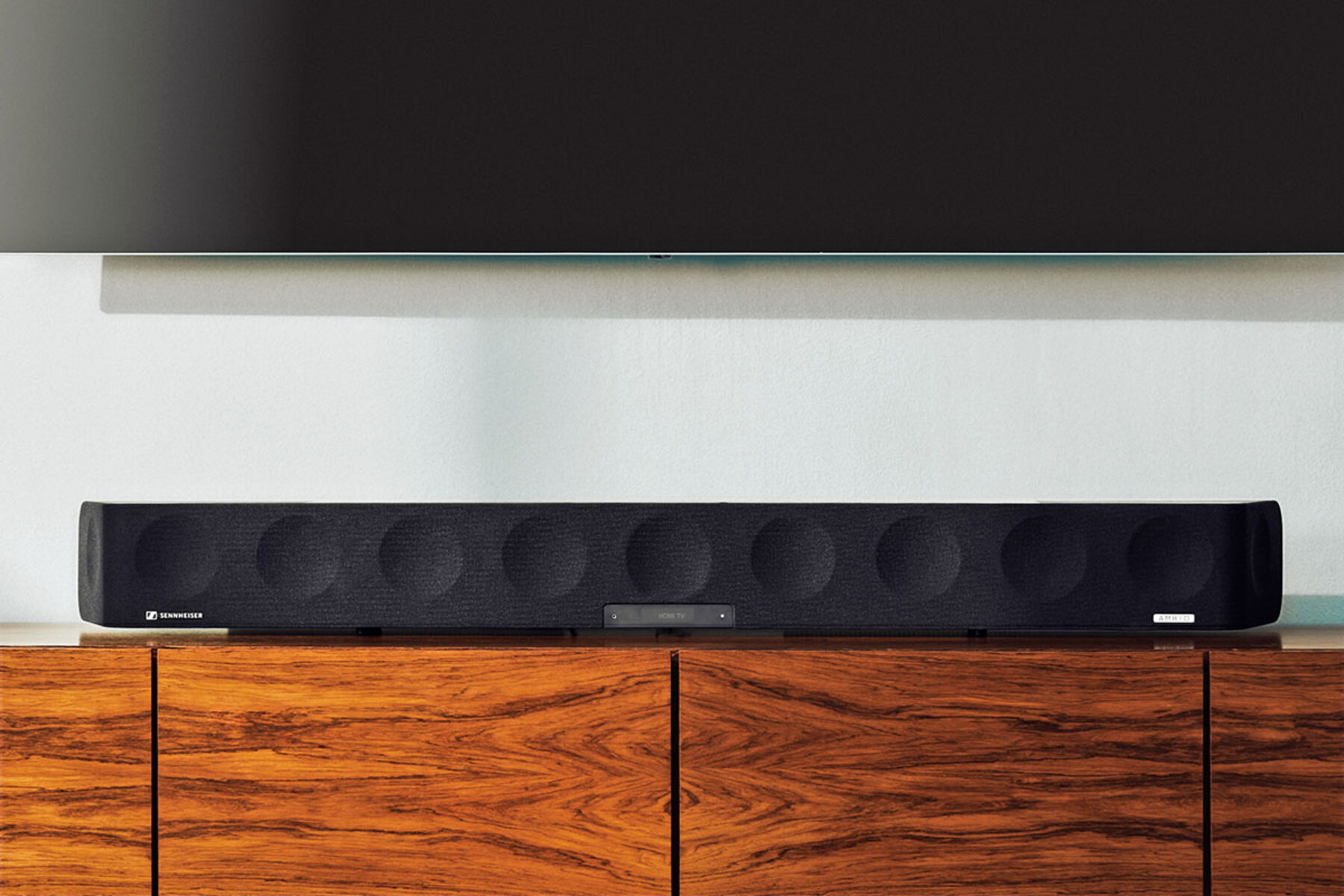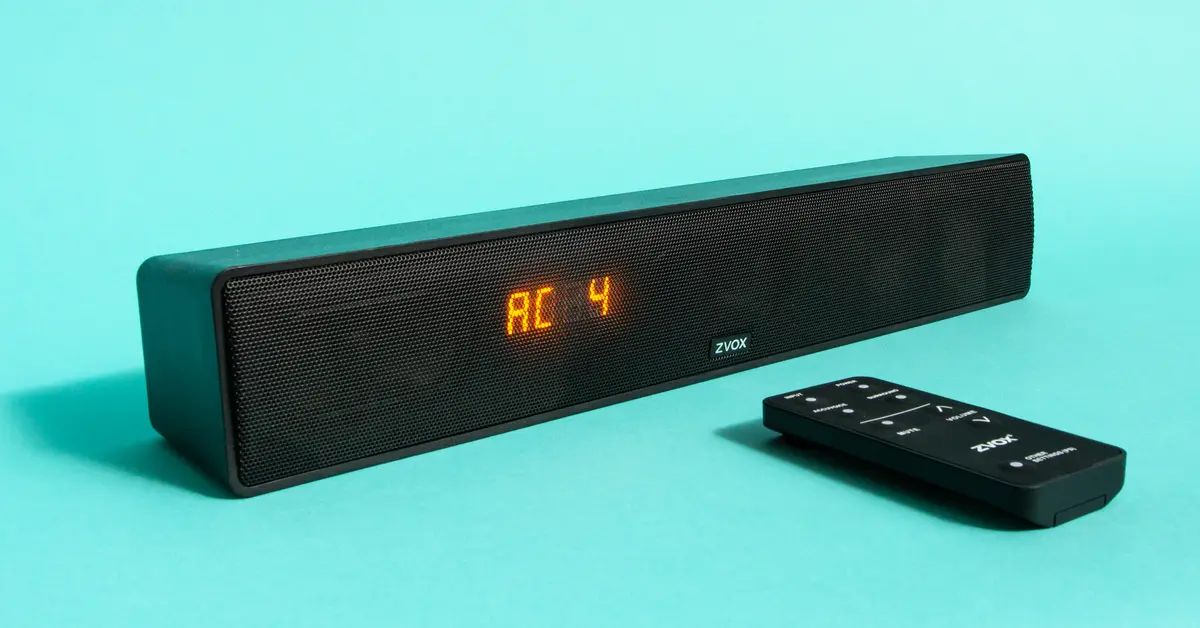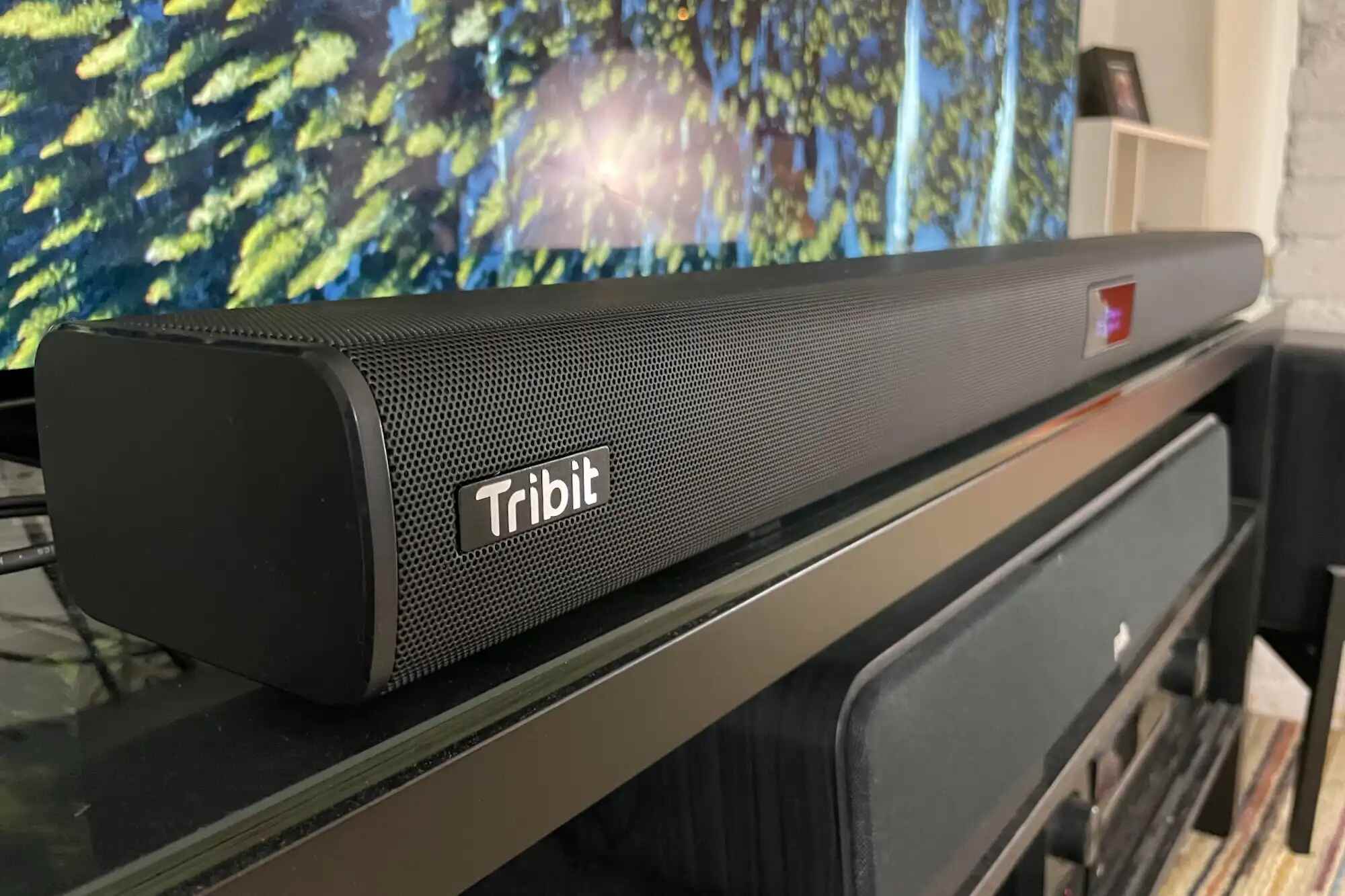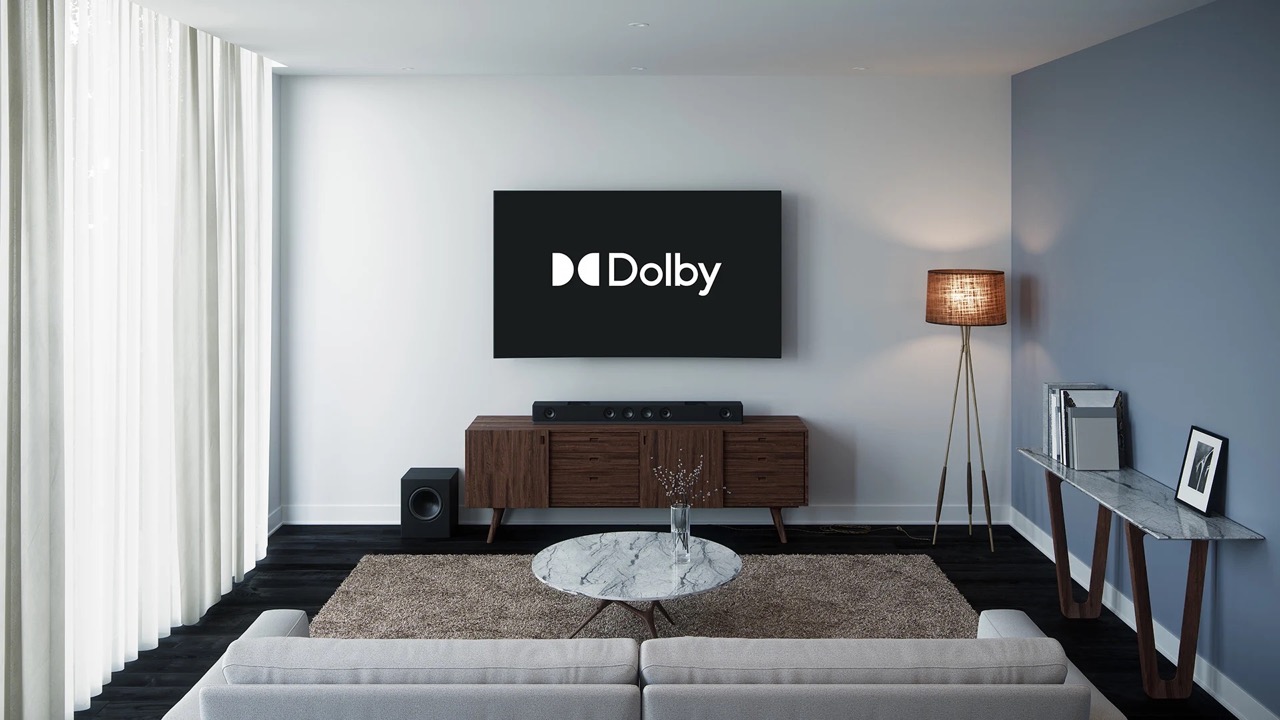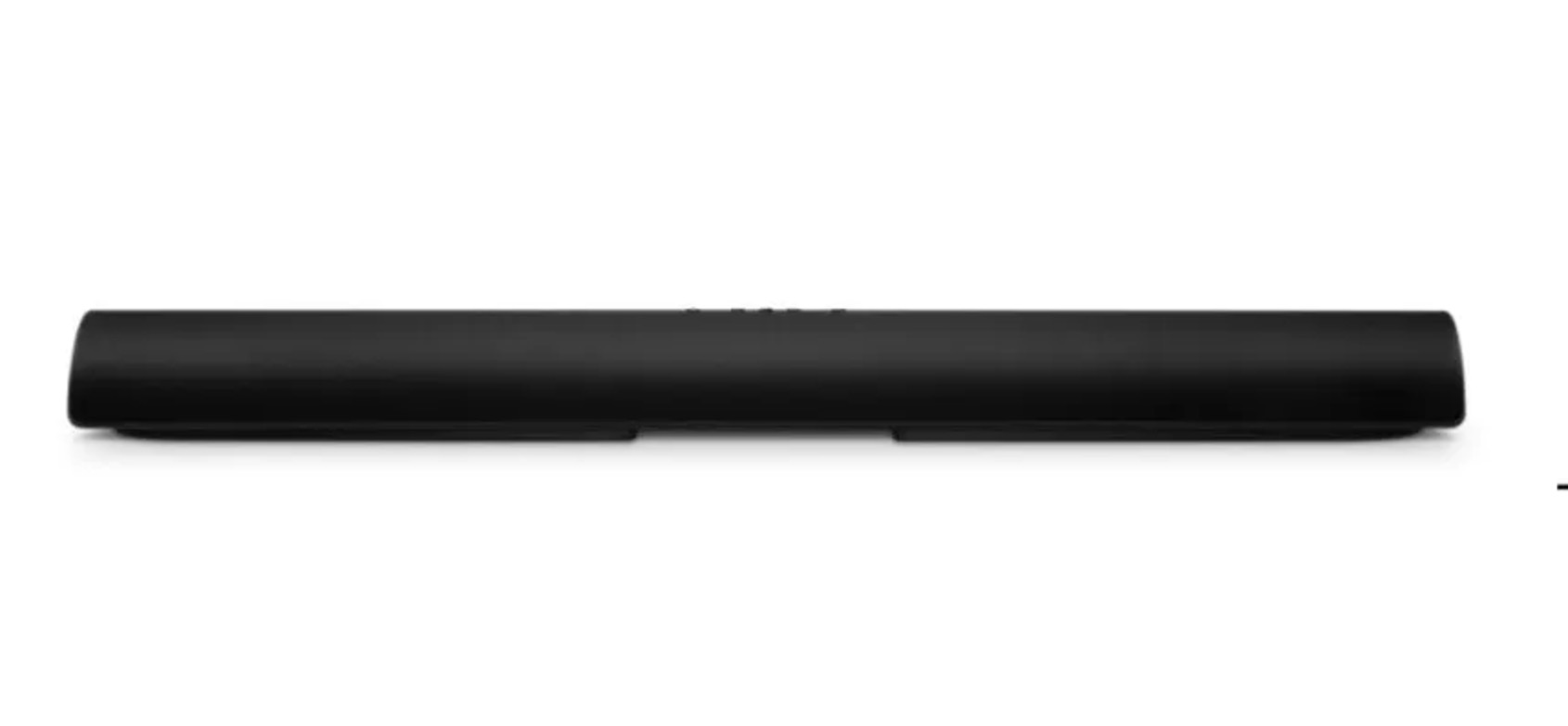Introduction
When you're enjoying your favorite movie or music through a soundbar, you may have come across the term "DRC." It's natural to wonder, "What does DRC mean on a soundbar?" DRC stands for Dynamic Range Compression, and it plays a crucial role in shaping the audio output of your soundbar. Understanding DRC and its implications can significantly enhance your audio experience.
Dynamic Range Compression is a technique used in audio processing to reduce the difference between the loudest and quietest parts of the sound. This process ensures that the audio output remains consistent and balanced, especially in environments where external factors can affect the perceived volume or clarity of the sound.
In the context of soundbars, DRC is a feature that can have a profound impact on the way you experience audio content. Whether you're watching a thrilling action movie or immersing yourself in a playlist of your favorite songs, understanding the role of DRC in soundbars is essential for optimizing your listening experience.
As we delve deeper into the world of soundbars and DRC, we will explore the significance of this feature, its benefits, and how you can make the most of it to tailor your audio experience to your preferences. Let's embark on a journey to unravel the mysteries of DRC and discover its impact on soundbars.
Understanding DRC
To comprehend the role of Dynamic Range Compression (DRC) in the realm of soundbars, it’s essential to grasp the fundamental principles of audio dynamics. In audio engineering, dynamic range refers to the contrast between the quietest and loudest parts of a sound signal. This variation is integral to the richness and depth of audio, allowing for impactful crescendos and subtle nuances to be faithfully reproduced.
However, in certain listening environments, such as late-night movie sessions or crowded living rooms, the wide dynamic range of audio can pose challenges. This is where DRC comes into play. Dynamic Range Compression is a signal processing technique that mitigates the extremes of dynamic range, effectively reducing the volume difference between the loudest and quietest parts of the audio signal.
By employing DRC, soundbars can ensure that softer sounds are more audible without requiring an increase in overall volume, while loud sounds are restrained to prevent them from overpowering the audio mix. This results in a more consistent and balanced listening experience, particularly in settings where external factors may impact the perceived volume or clarity of the audio.
While DRC serves a practical purpose in maintaining a consistent audio level, it’s important to note that its application should be judicious. Excessive dynamic range compression can lead to a loss of audio fidelity and diminish the emotional impact of the sound. Therefore, finding the optimal balance in DRC settings is crucial for preserving the integrity of the audio while addressing environmental constraints.
As we unravel the intricacies of DRC in soundbars, we gain insight into how this feature harmonizes the interplay between audio dynamics and environmental considerations, ultimately shaping the way we experience sound in our everyday lives.
DRC on Soundbars
When it comes to soundbars, Dynamic Range Compression (DRC) assumes a pivotal role in sculpting the audio output to suit diverse listening environments and preferences. Soundbars, designed to deliver immersive audio experiences in a compact form factor, leverage DRC to optimize the dynamic range of sound reproduction, ensuring consistent and balanced audio delivery.
Soundbars equipped with DRC functionality offer users the flexibility to tailor the audio output to their specific needs. Whether it’s the nuances of dialogue in a movie or the pulsating beats of music, DRC empowers users to fine-tune the soundbar’s performance to suit their preferences and the surrounding ambience.
One notable application of DRC on soundbars is its efficacy in addressing the challenges posed by late-night viewing. In shared living spaces or apartments, where maintaining a moderate volume is essential, DRC enables soundbars to deliver clear and impactful audio without disturbing others. By compressing the dynamic range, DRC ensures that softer sounds are accentuated while louder sounds are restrained, allowing for a more harmonious audio experience without the need for excessive volume adjustments.
Moreover, DRC on soundbars plays a crucial role in enhancing the clarity and intelligibility of audio content. When watching movies or TV shows with varying audio dynamics, such as intense action sequences followed by hushed dialogues, DRC mitigates the need for manual volume adjustments. This results in a seamless and immersive viewing experience, where every sound is rendered with precision and clarity.
Furthermore, the integration of DRC in soundbars contributes to a more immersive and engaging audio experience across a wide range of content. Whether it’s the subtle ambient sounds in a nature documentary or the explosive sound effects in a blockbuster movie, DRC ensures that the soundbar delivers a consistent and compelling audio performance, enriching the overall viewing and listening experience.
As we explore the impact of DRC on soundbars, it becomes evident that this feature is instrumental in harmonizing the audio output with the demands of modern living spaces, offering users a versatile and adaptive audio solution that caters to their diverse entertainment needs.
Benefits of DRC
The incorporation of Dynamic Range Compression (DRC) in soundbars yields a myriad of benefits that significantly enhance the audio experience for users across various scenarios and environments. Understanding the advantages of DRC sheds light on its pivotal role in optimizing audio output and addressing the challenges posed by dynamic sound reproduction.
- Consistent Audio Levels: DRC ensures that the dynamic range of audio is compressed, resulting in more consistent volume levels. This is particularly advantageous in environments where maintaining a moderate volume is essential, such as late-night viewing or shared living spaces. By mitigating the extremes of dynamic range, DRC facilitates a balanced and harmonious audio experience without the need for frequent volume adjustments.
- Enhanced Clarity and Intelligibility: With DRC, soundbars can effectively enhance the clarity and intelligibility of audio content, especially in scenarios where the dynamics of sound vary significantly. Whether it’s the nuanced dialogues in movies or the subtle nuances in music, DRC ensures that every sound is rendered with precision, contributing to a more immersive and engaging audio experience.
- Adaptive Audio Tailoring: Soundbars featuring DRC empower users to tailor the audio output to their specific preferences and environmental constraints. This adaptability allows users to fine-tune the soundbar’s performance, ensuring that the audio output is optimized for diverse content and listening scenarios, thereby enriching the overall audio experience.
- Immersive Audio Performance: By compressing the dynamic range of audio, DRC enables soundbars to deliver a more immersive and compelling audio performance across a wide range of content. Whether it’s the subtle ambient sounds in nature documentaries or the explosive sound effects in action-packed movies, DRC ensures that the audio output remains engaging and impactful, enhancing the overall viewing and listening experience.
As we unravel the benefits of DRC in soundbars, it becomes evident that this feature serves as a cornerstone of adaptive and versatile audio solutions, addressing the evolving needs of users and enriching their everyday audio experiences with unparalleled clarity, consistency, and immersion.
How to Adjust DRC on a Soundbar
Adjusting Dynamic Range Compression (DRC) on a soundbar allows users to fine-tune the audio output to suit their preferences and the specific characteristics of their listening environment. By customizing the DRC settings, users can optimize the dynamic range of the soundbar to deliver a more tailored and immersive audio experience across a diverse range of content.
Most modern soundbars offer intuitive methods for adjusting DRC, empowering users to optimize the audio output with ease. Here are some common approaches to adjusting DRC on a soundbar:
- Remote Control: Many soundbars are equipped with remote controls that provide direct access to DRC settings. Users can navigate the soundbar’s menu using the remote control and locate the DRC settings, allowing them to adjust the compression levels and tailor the dynamic range to their preferences.
- Mobile App Integration: Some advanced soundbars offer companion mobile apps that enable users to adjust various audio settings, including DRC, through their smartphones or tablets. This convenient approach allows for seamless customization of DRC settings and provides a user-friendly interface for optimizing the soundbar’s performance.
- On-Screen Display: Certain soundbars feature on-screen displays that facilitate the adjustment of audio settings, including DRC. Users can navigate the on-screen menu using the soundbar’s controls to access the DRC settings and fine-tune the dynamic range compression according to their preferences.
- Voice Commands: With the integration of voice assistants in modern soundbars, users can utilize voice commands to adjust DRC settings. By issuing simple voice prompts, users can modify the dynamic range compression levels, offering a hands-free and intuitive method for optimizing the soundbar’s audio output.
When adjusting DRC on a soundbar, it’s essential to strike a balance between compressing the dynamic range for consistency and preserving the integrity and emotional impact of the audio. Experimenting with different DRC settings while listening to familiar content can help users identify the optimal configuration that aligns with their preferences and the characteristics of their listening environment.
By leveraging the flexibility and accessibility of DRC adjustment features, users can harness the full potential of their soundbars, tailoring the audio output to deliver a captivating and immersive listening experience that resonates with their unique preferences and the demands of diverse content.







